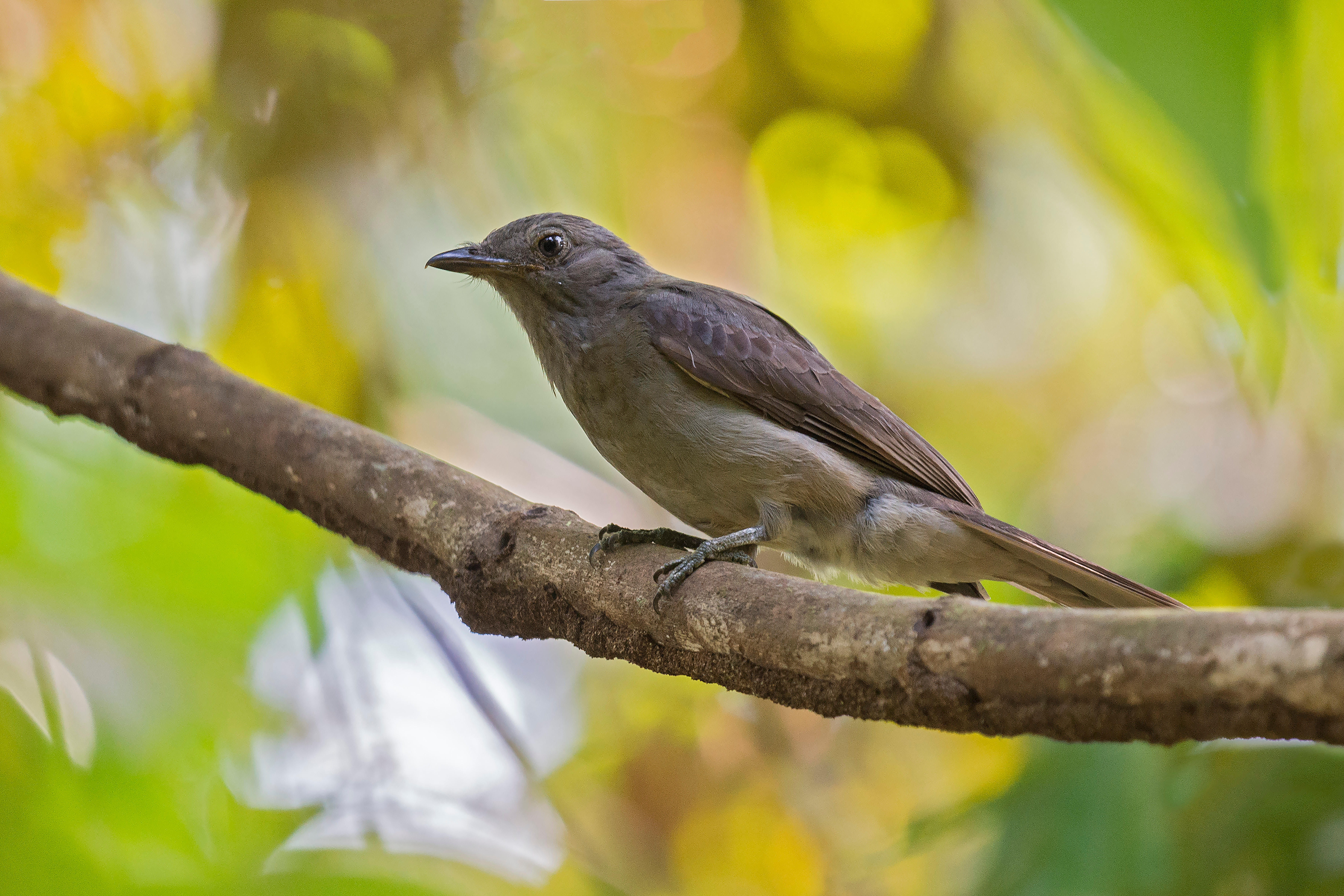Curious Questions: Which bird's song is loudest?
We tend to think of bird song as endearing and delicate — but there are birds out there who would put the average foghorn to shame. Martin Fone finds out which is the loudest.


First broadcast on May 6, 2013, it lasted just ninety seconds but what a 90-seconds of joy it was. Consisting, simply, of a vignette of a bird, illustrated by snatches of their song, Tweet of the Day on BBC Radio 4 opened with the story of the cuckoo, narrated by Sir David Attenborough. It quickly established itself as one of my favourites, so much so that I organised my commute so I could listen to it in the time it took me to park my car. Noise pollution, coupled with the diminution of the population of birds, has, sadly, robbed many of us of the opportunity of enjoying birdsong uninterrupted and as nature intended it. This was the next best thing and it is a testament to the concept’s popularity that it is still running.
Fascinating as these aural pictures were, there was, for me, something missing. We had no sense of the volume of the bird. Each call was crystal-clear and beautifully recorded, but the listener had little sense of whether the bird in question had a delicate song or belted it out like a foghorn. Being cursed with a curious mind, I set out to find out which bird had the loudest song.
Names can always provide a bit of a clue and if you are called a screaming piha, Lipaugus vociferans to give it its ornithological tag, the chances are you have a reputation for making a racket.
A native of the humid Amazonian forests, it is not much to look at, I say this as a non-piha, possessing a dull grey plumage. What it lacks in the beauty stakes it more than makes up for in the volume of its song, reaching an astonishing 116 decibels (db). To put that into some sort of context, the level considered to be safe for the human ear is 85 db; the pain threshold for most of us is 110db. And 116db? That's equivalent to standing next to the speakers during a heavy metal concert at Wembley Stadium.
Impressive as the volume of the screaming piha’s call may be, some research, conducted by Mario Cohn-Haft from the National Institute of Amazonian Research and Jeff Podos of the University of Massachusetts, reported in the October 21, 2019 edition of Current Biology, reveals that it has been knocked off its perch by an even louder-mouthed rival, the white bellbird (Procnias albus).
The rituals of courtship can bring out the best (and worst) in the male species. When the bellbirds are courting, the female lands on a branch about a metre away from her beau. He then starts to serenade her with a two-note song from his repertoire. When delivering the first note, the male turns away from his intended. Then he swivels round, the long black wattle on its head becoming like a whip and imperilling his mate, and delivers a piercing second note directly at the female. By this time, the female, knowing what is about to come, hops back a few metres. If she is satisfied by the intensity and volume of his call, love is in the air.
And what a call it is. The scientists measured it as, on average, an astonishing 125.4 db. That's roughly the same as standing on the deck of an aircraft carrier while a jet fighter takes off next to you — with its afterburners on full blast.
Exquisite houses, the beauty of Nature, and how to get the most from your life, straight to your inbox.
So, how can a relatively small bird, it is no more than twelve inches long from tip to toe and weighs around 250 grams, make such a racket? Hidden by the male’s white plumage, the scientists discovered, is a muscular, sculpted chest with tissue five times thicker than most birds of its size. It also possesses a beak that opens phenomenally wide. The combination of the two allow it to pump up the volume of its song.
A native, too, of the Amazonian forests, the bellbird has a plentiful supply of food and no natural predators, their presence always puts a bit of a dampener on advertising your whereabouts. The scientists believe that rather than evolving in a way that increases their chances of survival, the birds have had the luxury to develop traits which enhance their attractiveness to each other.
Loud as the bellbird is, we are unlikely to hear it over here so, naturally, we need to find out what the loudest bird is in Britain. Birds come in all shapes and sizes and some, keen to develop what might be termed a level playing field, have suggested using a metric which measures the volume of song by gram of body weight. On this metric, the wren comes out on top. But if you just want to go by sheer volume, then the bittern, with its characteristic booming voice, weighs in at 101 db. Ear splitting, for sure, but a pale shadow of the white bellbird.
In an interview Podos revealed that there was no particular benefit to identifying the most deafening birdsong. He may be right but that is not the point of a curious question. The thirst for knowledge, in all its forms, is all-powerful and another question has been laid to rest, for now at least.

Credit: Alamy
Curious Questions: Why is walking down the middle of the road called 'jaywalking'?

Curious Questions: What caused Tulipmania?

Curious Questions: Do love potions actually work?
The idea of a potion that can make someone fall in love is as old as the idea of love
After graduating in Classics from Trinity College Cambridge and a 38 year career in the financial services sector in the City of London, Martin Fone started blogging and writing on a freelance basis as he slipped into retirement. He has developed a fearless passion for investigating the quirks and oddities of life and discovering the answers to questions most of us never even think to ask. A voracious reader, a keen but distinctly amateur gardener, and a gin enthusiast, Martin lives with his wife in Surrey. He has written five books, the latest of which is More Curious Questions.

